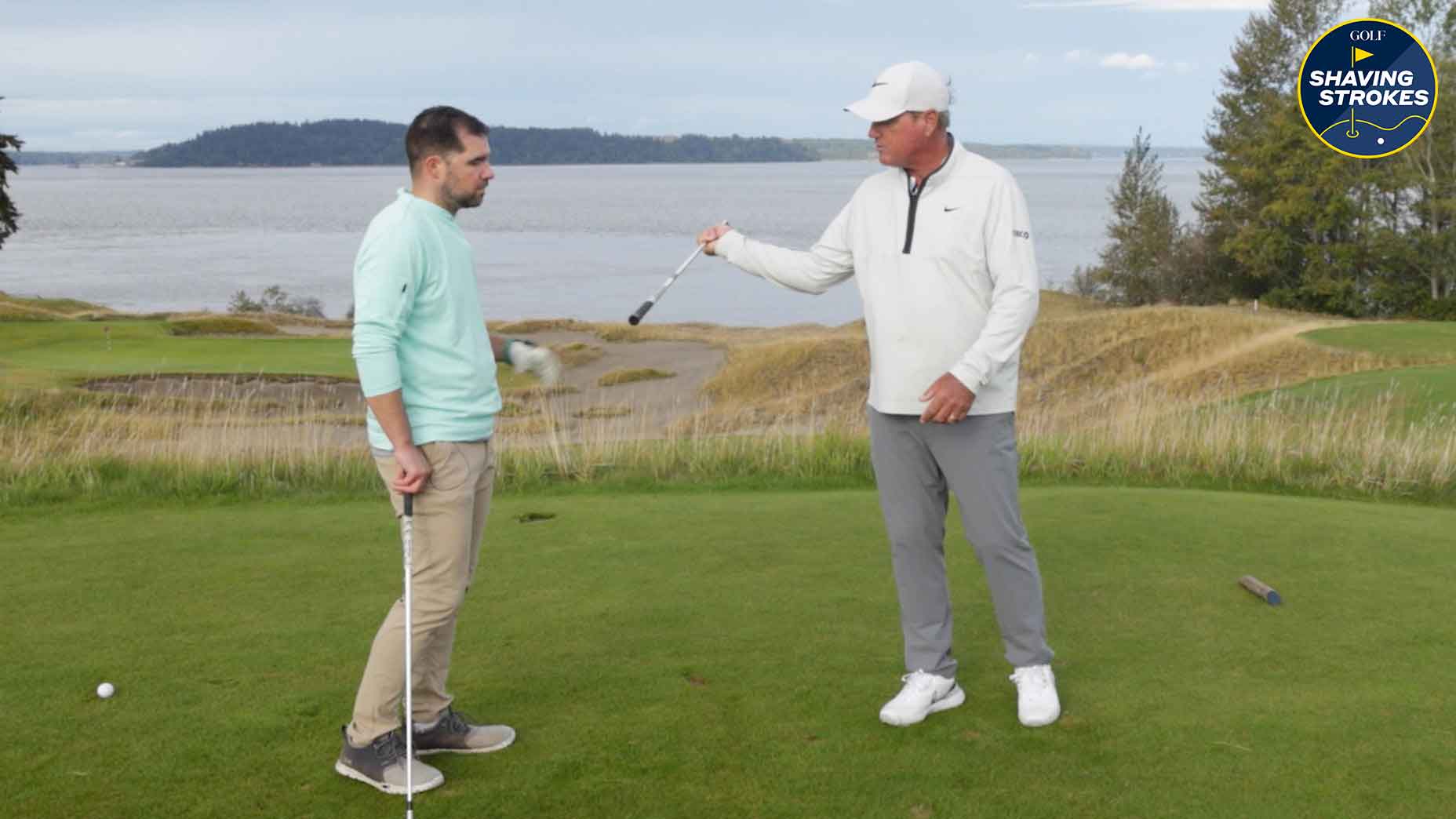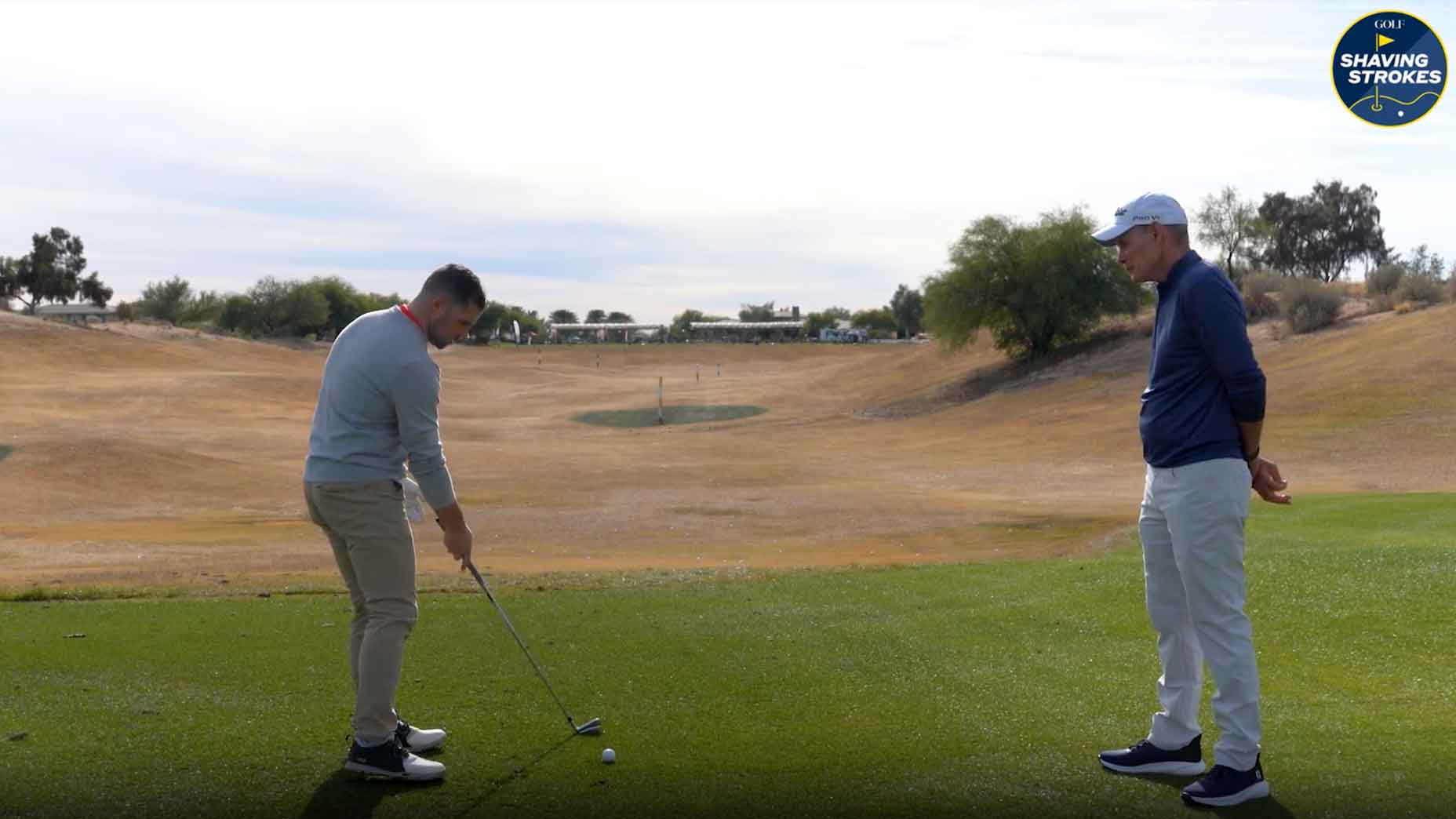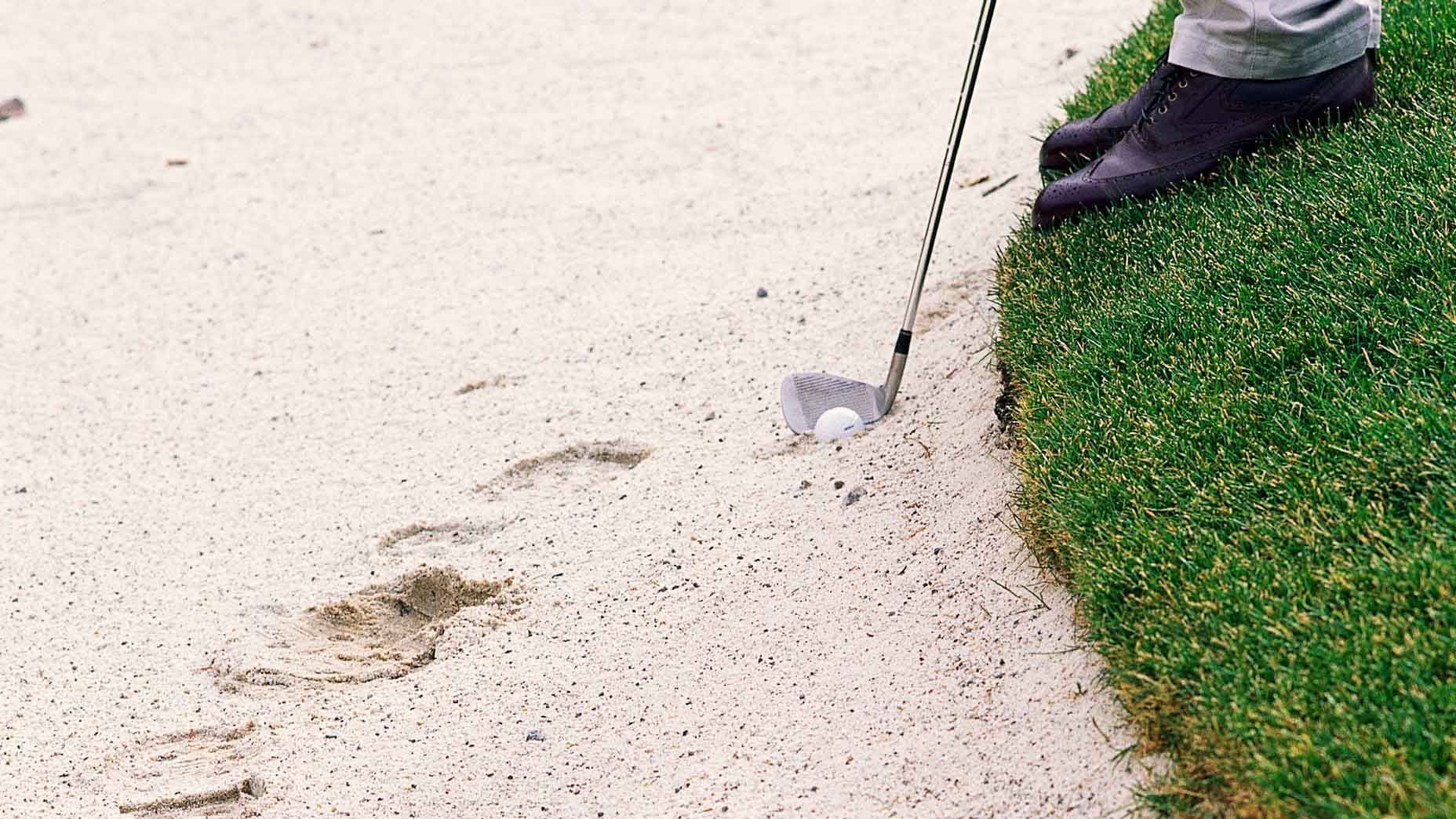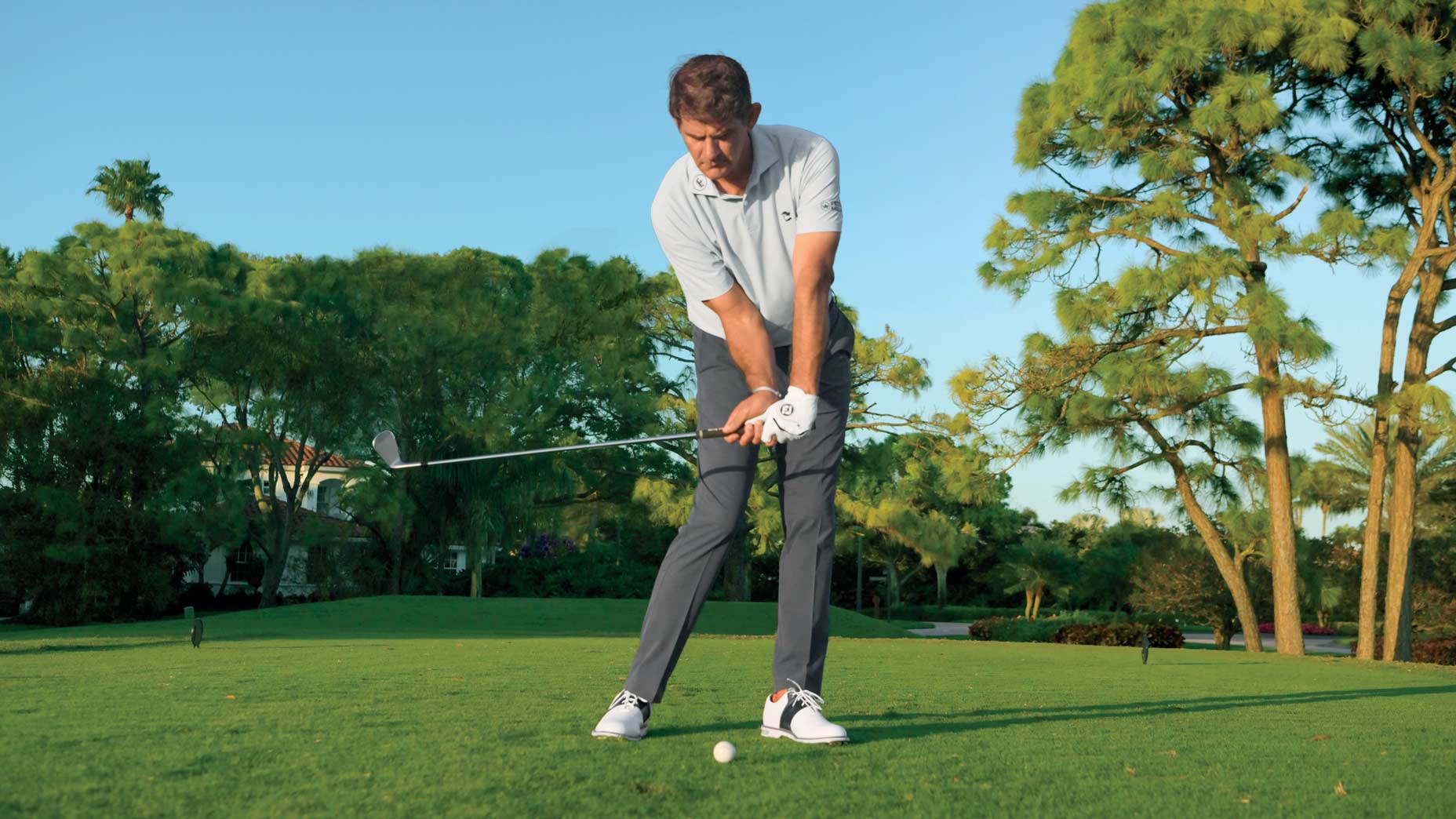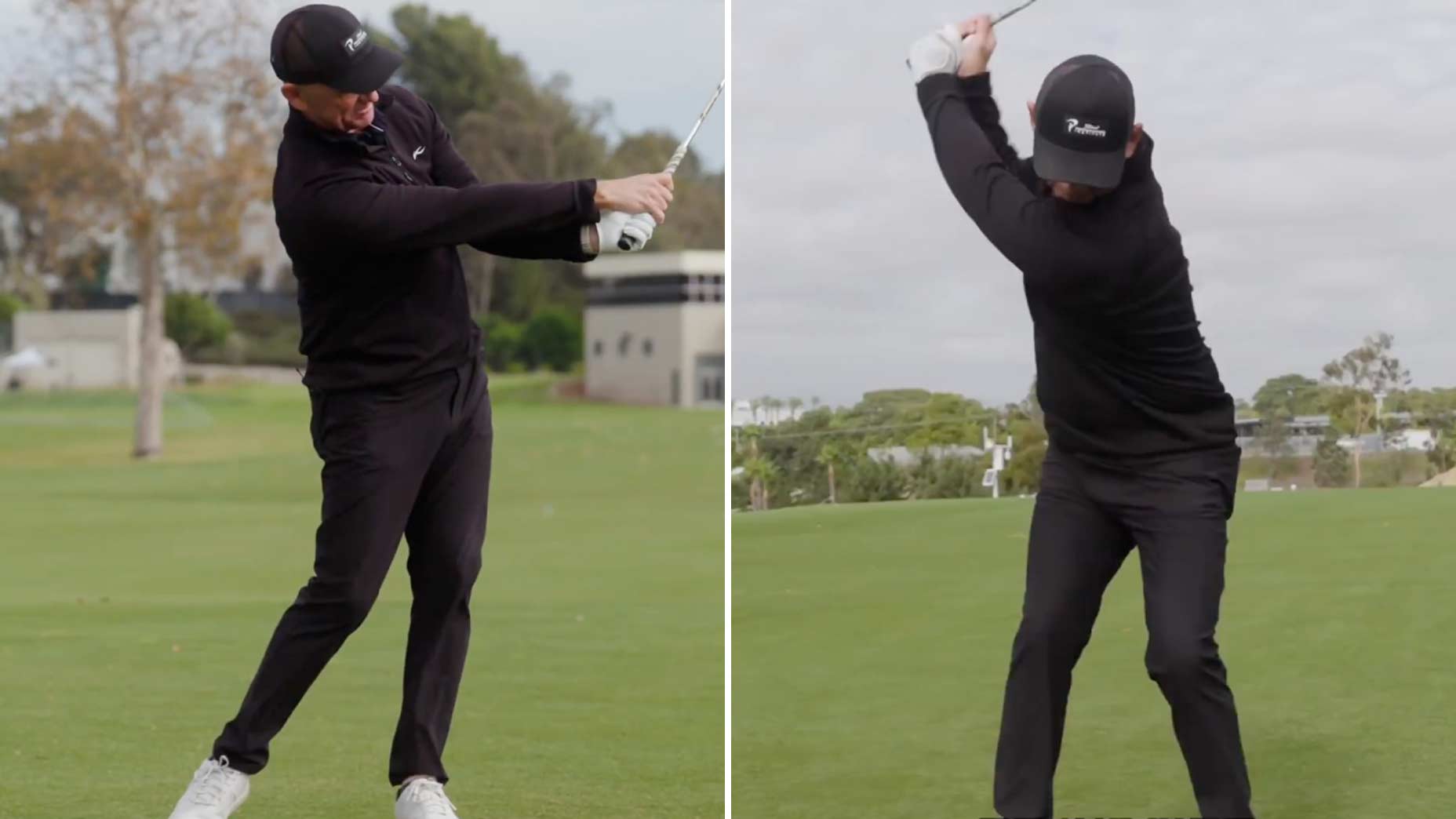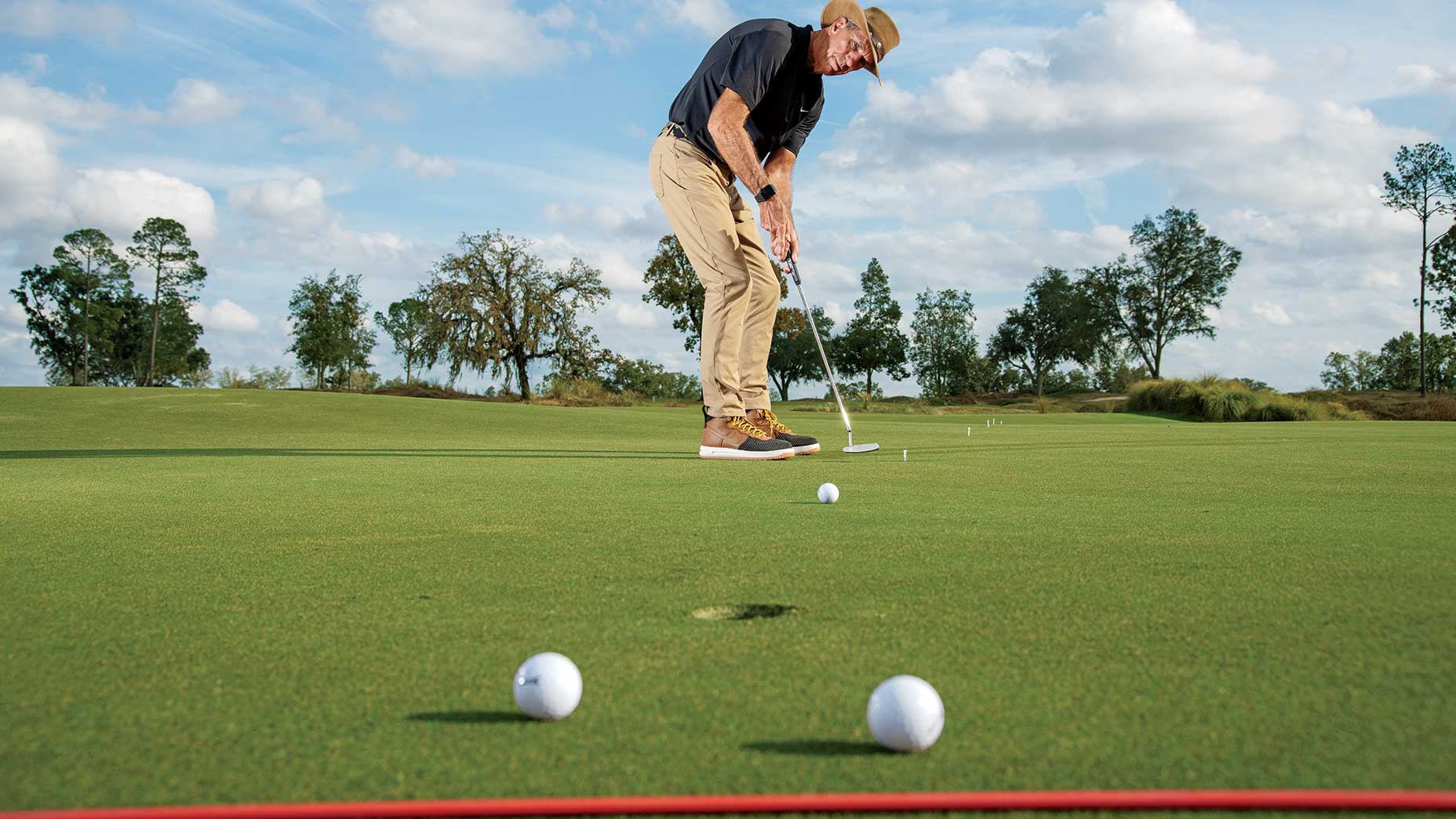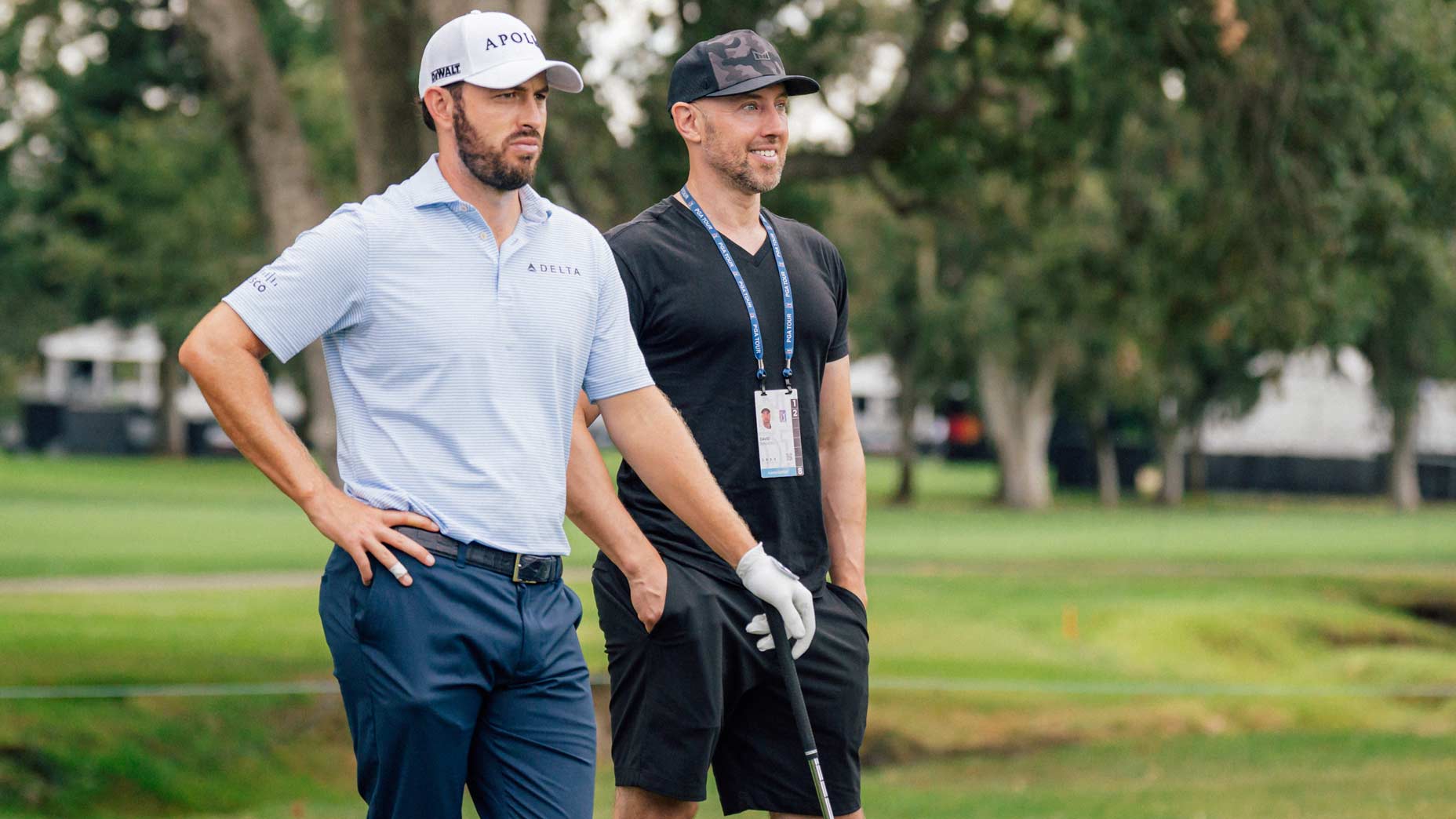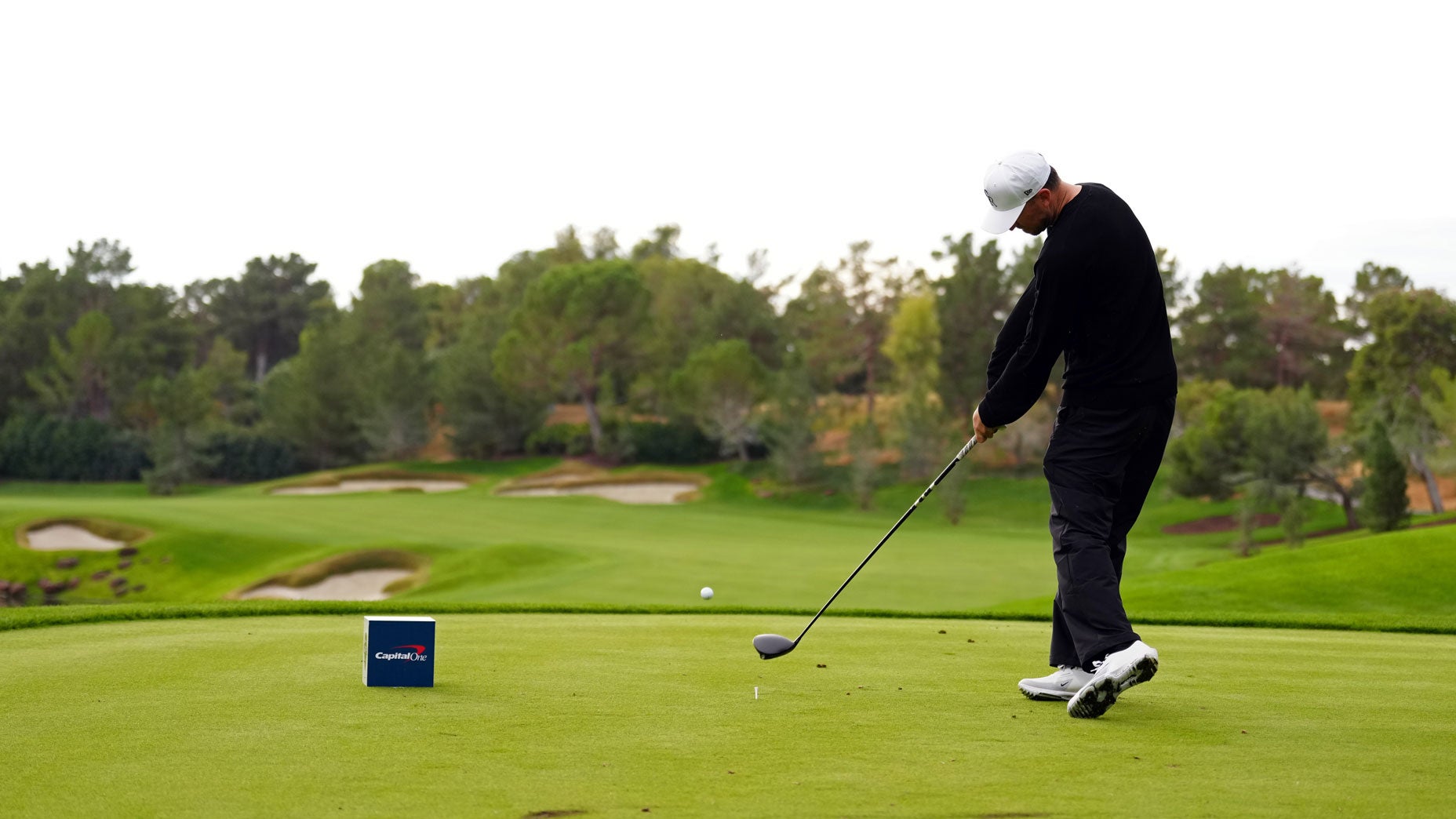For the past year or so, par-3s have absolutely crushed me — and I just can’t figure out what’s going on.
Even if I hit a good tee shot, I somehow find myself three-putting and making bogey. And when I don’t hit the green? It’s usually because I chose the wrong club to begin with, leaving me short of the putting surface and forcing me to scramble to get up and down. Spoiler alert: which I don’t do often.
Funny thing is, I’m not alone, since par-3s can often ruin a mid-handicapper’s round due to lack of strategy or poor decision-making. Sure, these holes may be shorter and appear to be “easier,” but if you buy into that mentality, you’re probably like me and struggle with them.
So I decided to hit up my buddy for some help, GOLF Top 100 Teacher Brian Mogg, who gave me some easy adjustments to finally master par-3s — which you can see in the video below to help improve your game, too.
Try these changes for more success on par-3s
In this fun two-ball challenge, Mogg had me hit my shot as I normally would without any tips. Then he gave me some suggestions and had me hit another shot to see if I could produce a better outcome.
Since every golfer has probably done something like this on their own — where they hit a shot after going through a normal routine, botch it, then quickly hit another one without thinking and execute it to perfection — Mogg and I decided we should just show the differences on video to help other amateur golfers.
The hole we chose was the iconic 15th at Chambers Bay, which was playing about 140 yards from an elevated tee box with some headwind.
Here are some simple takeaways worth noting if you struggle with par-3s.
Always take more club than you think
After choosing to hit my pitching wedge (which is my 130- to 135-yard club), Mogg says I made a common mistake.
“I see so many amateurs pull out the perfect club for a par-3, hoping to hit the perfect shot,” he says. “The challenge on a downhill par-3 with your wedge is that, ultimately, your ball can plug in [the front] bunker really easy — which we never want to see happen.”
So Mogg suggests clubbing up from a pitching wedge all the way to an 8-iron, choking down, and committing to hitting my shot at about 80 percent effort instead. This gives me the confidence to be aggressive on this particular par-3.
“I was going to go 9-iron, but I’m actually taking the 8-iron out since we have a little bit of wind — so just choke it down and work on flow and tempo,” he says.
Tee up on the side of the flag on par-3s
After landing on my ideal club choice, Mogg picks apart my pre-shot plan, saying he didn’t like how I teed up in the middle of the tee box, and suggests moving to the side of the flagstick for my second attempt.
This on-course hack will improve your aim and alignment, says top teacherBy: Nick Dimengo
“If the pin’s on the left, tee up on the left. If it’s on the right, tee off on the right,” he says. “It forces your shot to the middle of the green as a general miss.”
Ignore the flag when aiming
I’m not sure about you, but when I play a par-3, I always lock in on the flagstick — but this is a huge mistake.
With an entire green to land the ball on, Mogg tells me to find a different target instead.
“You’re lined up more toward the middle of the green, so pick out one of those hills near the back bunker,” he says. “Then just use a three-quarter swing with good rhythm and tempo.”
After making Mogg’s adjustments, even a slight mishit resulted in a near hole-in-one, with my ball hitting the slope just to the left off the green, rolling onto the putting surface and down near the flagstick, leaving me about four feet from the pin.
“You didn’t try to force a pitching wedge or try to hit a hard 9-iron,” Mogg says. “So [using a different] strategy is important on par-3s.”
